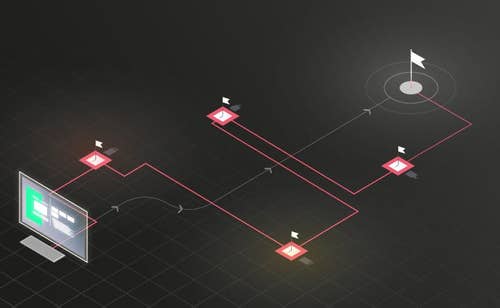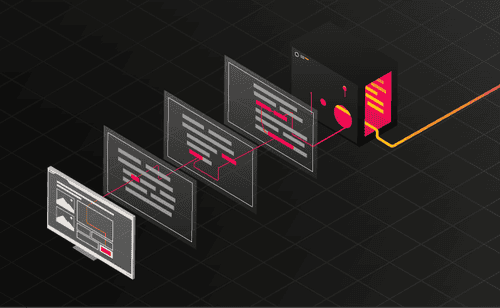Sonar's latest blog posts
Building Confidence and Trust in AI-Generated Code
To tackle the accountability and ownership challenge accompanying AI-generated code, we are introducing Sonar AI Code Assurance


Announcing the SonarQube Cloud Pipe for Bitbucket Cloud users!
SonarSource is proud to be a launch partner of the Atlassian Bitbucket Pipes. Thanks to the SonarQube Cloud Scan Pipe, you can configure code analysis in your Bitbucket Pipeline in no time.
Read Blog post >

WordPress 5.0.0 Remote Code Execution
This blog post details how a combination of a Path Traversal and Local File Inclusion vulnerability lead to Remote Code Execution in the WordPress core (CVE-2019-8943). The vulnerability remained uncovered in the WordPress core for over 6 years.
Read Blog post >
Get new blogs delivered directly to your inbox!
Stay up-to-date with the latest Sonar content. Subscribe now to receive the latest blog articles.

CTF Writeup: Complex Drupal POP Chain
A recent Capture-The-Flag tournament hosted by Insomni’hack challenged participants to craft an attack payload for Drupal 7. This blog post will demonstrate our solution for a PHP Object Injection with a complex POP gadget chain.
Read Blog post >

WordPress Privilege Escalation through Post Types
A logic flaw in the way WordPress created blog posts allowed attackers to access features only administrators were supposed to have (CVE-2018-20152). This lead to a Stored XSS and Object Injection in the WordPress core and more severe vulnerabilities in WordPress’s most popular plugins Contact Form 7 and Jetpack.
Read Blog post >

phpBB 3.2.3: Phar Deserialization to RCE
A new PHP exploit technique affects the most famous forum software phpBB3. The vulnerability allows attackers who gain access to an administrator account to execute arbitrary PHP code and to take over the entire board (CVE-2018-19274).
Read Blog post >

WordPress Design Flaw Leads to WooCommerce RCE
WordPress Design Flaw Leads to WooCommerce RCEA flaw in the way WordPress handles privileges can lead to a privilege escalation in plugins. This affects for example the popular WooCommerce.
Read Blog post >

PHP Object Injection
A very common and critical vulnerability in PHP applications is PHP Object Injection. This blog post explains how they work and how they can lead to a full site takeover by remote attackers.
Read Blog post >

Fully Automated Promotion Pipelines with SonarQube Server and Artifactory
Catch builds constructed from poor quality code before they make it to production. Discover how to integrate Artifactory and SonarQube Server.
Read Blog post >

My Journey Interviewing with SonarSource...
What's it like to interview with SonarSource? Read on and find out!
Read Blog post >

What is Phar Deserialization
Last week a new exploitation technique for PHP applications was announced at the BlackHat USA conference. Find out everything you need to know in this blog post.
Read Blog post >

Protect your code against injection vulnerabilities with SonarQube Cloud!
Injection security vulnerabilities (OWASP-A1) can run scared, as latest SonarQube Cloud updates now provide advanced security checks to continuously detect them.
Read Blog post >
